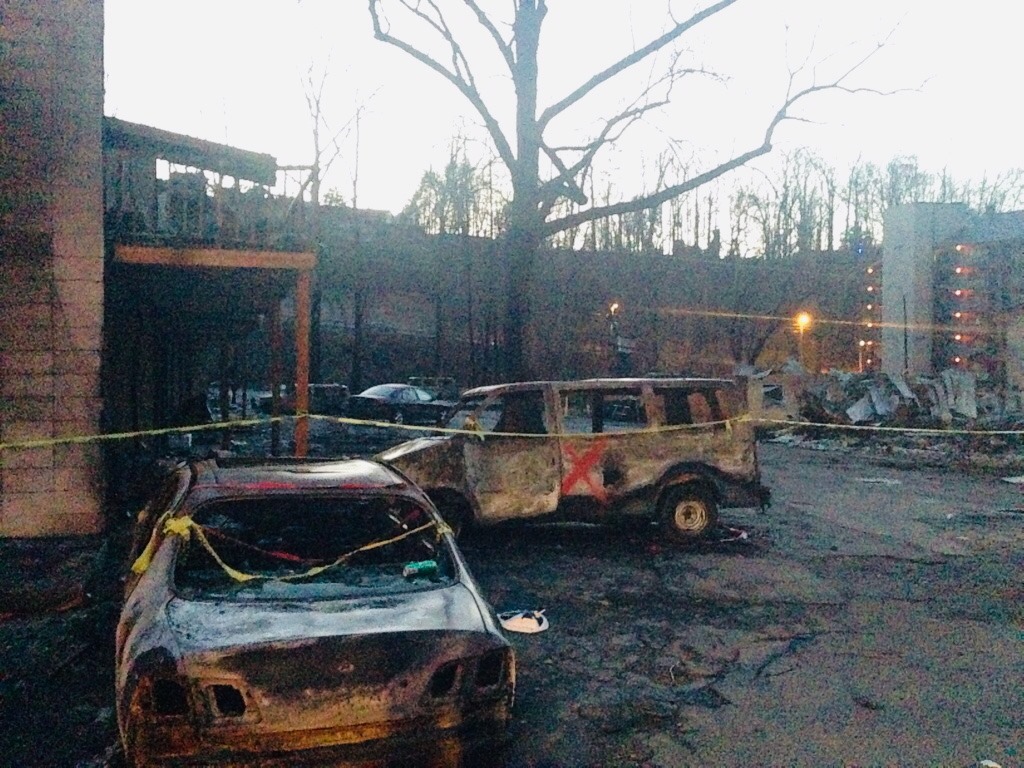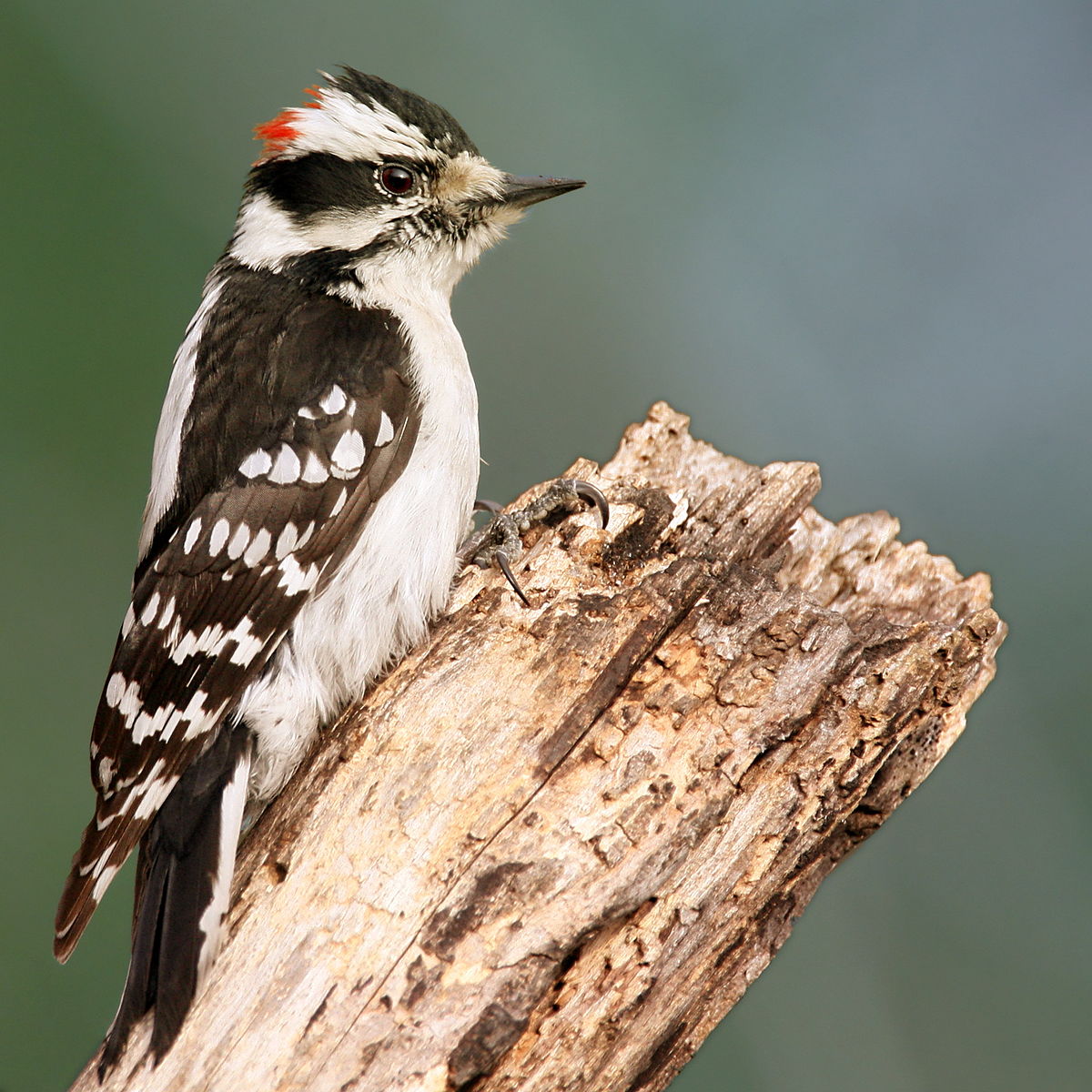November of 2016 brought the largest wildfire in the Great Smoky Mountains National Park’s history, marking the largest natural disaster in Tennessee’s history. Now, three years later, the Smokies are recovering. Several species of plants and animals are thriving in the post-fire forests, new and old destinations both in and outside of the park are seeing an influx of visitors, and researchers and scientists are studying the effects on fungi, salamanders, soil content and more.
After an exceptional drought, over 150 active fires were burning in the state of Tennessee in November of 2016. Due to an extreme windstorm, embers from a fire that was being monitored and was first started by humans playing with matches spread throughout the mountains, eventually burning about one percent of parkland. In roughly 30 percent of the burned areas, visitors to the Smoky Mountains can observe parts of the burn zone, particularly the appearance of the Chimney Tops, which now shows one of the very few instances of a bare rock summit in the park.

Animals currently thriving in the young, post-fire forests include bats, black bear, bobcats, coyotes, fox, mice, owls, rabbits, snakes, lizards, turkey, white-tailed deer, indigo buntings, downy and hairy woodpeckers, prairie warblers, and red-tailed hawks. Additional, flora like the Table Mountain pine, whose armored and resinous cones require a big, hot forest fire to open and disperse it’s seed, are one of the first plants to regrow in the fire areas. Mountain laurel, jewelweed and other native plant species are thriving in the heath bald, burned areas.

Old Sugarlands Trail from Cherokee Orchard Road (COR) to NP Headquarters
Baskins Creek Falls

The fires of 2016 did not physically damage many attractions in the Smoky Mountains. A few restaurants in the Gatlinburg area, like the Alamo, were a total loss and have been rebuilt and several new attractions have moved into town, like the Gatlinburg Sky Bridge and Anakeesta. If it's been a few years since you've visited the Gatlinburg area, we highly recommend coming back and checking out all the new things town has to offer, plus revisit your old favorites.
Additionally, if you haven't been whitewater rafting with Big Creek Expeditions in the past three years, you will notice a huge change to our outpost. Unfortunately, six weeks before the fires struck Gatlinburg, we lost our outpost to fire as well. Our owner, an architect-turned-river-guide-turned-owner has rebuilt our business with passion. We now boast the newest boats and safety gear on the Pigeon River, a beautiful retail shop and check in office designed by our owner with the best in whitewater retail selections, and a dedicated, professional and hardworking staff. We would love for you to come check out the new and improved outpost and let us be a part of your Smoky Mountain memories. Visit out webpage to learn more.
